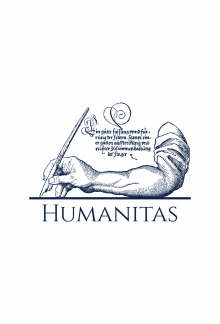- Titulinis
- Dalykinė ir mokslinė literatūra
- Fiziniai ir gamtos mokslai
- Biologija
- Ion Channels and Calcium Signaling in the Microcirculation

Ion Channels and Calcium Signaling in the Microcirculation
Balsavo 0
ISBN: 9780128200902
Leidimo metai: 2020
Leidėjas: Academic Press
Leidinio kalba: Anglų
Formatas: Kieti viršeliai
Formatas: 9×6
Leidimo metai: 2020
Leidėjas: Academic Press
Leidinio kalba: Anglų
Formatas: Kieti viršeliai
Formatas: 9×6
Kaina:
Šių parametrų produkto neturime
Likutis pakankamas
Iš leidyklos gausime per 3-5 savaitės. Galimas vėlavimas
Turime sandėlyje. Pristatymas Lietuvoje 1-4 d.d.
Iš leidyklos gausime per 3-5 savaitės. Galimas vėlavimas
Pristatymo sąlygos
Aprašymas
<p><i>Ion Channels and Calcium Signaling in the Microcirculation, Volume 85</i>, the latest release in the <i>Current Topics in Membranes</i> series, highlights the latest advances in the expression and function of ion channels and calcium signaling in vascular smooth muscle and endothelial cells in resistance arteries, arterioles and capillaries, critical components of microcirculation, the business end of the cardiovascular system. Leading experts have contributed chapters, including Smooth muscle ion channels and calcium signaling in the regulation of striated muscle arteriolar tone; Endothelial KIR channels as a key component of shear stress-induced mechanotransduction; Endothelial TRPV4 channels and vasodilator reactivity, and much more. </p> <p>Additional sections cover cerebral capillary endothelial TRPA channels and the regulation of blood flow; Endothelial mineralocorticoid receptors and the regulation of TRPV4 function in cerebral parenchymal arterioles in hypertension; Subcellular calcium signaling and myogenic tone development in the retinal microcirculation; Microvascular KIR channels: Basis, properties and regulation by lipid and hemodynamic forces, Ion channels and calcium signaling in capillary endothelial cells; Ion channels and calcium signaling in bladder arterioles and resistance arteries, and Myoendothelial feedback and endothelial IKCa and sKCa channels.</p>
Atsiliepimai (0)
Palikite atsiliepimą
